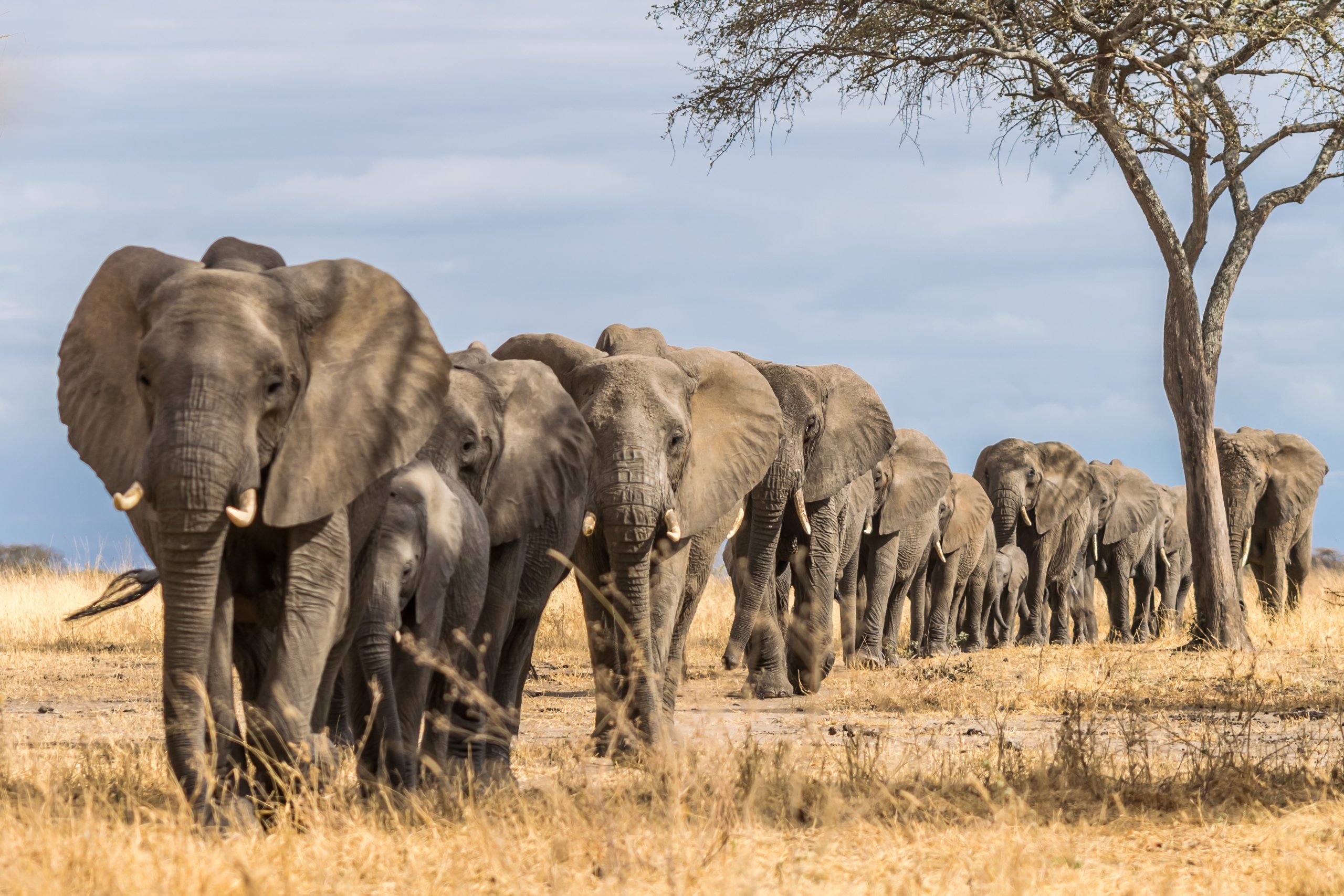
Tarangire National Park
Tarangire National Park is one of Tanzania’s hidden gems, known for its large elephant herds and iconic baobab trees. Located in the northern part of the country, Tarangire is a year-round wildlife destination, offering an authentic safari experience. The park’s landscape is diverse, from open plains and acacia woodlands to riverine forests, making it a haven for wildlife. It is often less crowded than other parks, providing a more intimate and peaceful safari adventure.
Wildlife
Tarangire is famous for its elephant herds, with over 3,000 elephants calling the park home. It’s also a prime spot for seeing other African wildlife, including giraffes, buffaloes, zebras, wildebeests, and predators such as lions and cheetahs. The park is also home to rare species such as the fringe-eared oryx and the gerenuk, as well as large populations of baboons and warthogs.
Birds
Tarangire is a birdwatching paradise, with over 550 species of birds recorded. The park’s wetlands attract numerous waterfowl, including pink-backed pelicans, white storks, and various species of herons. The park is also home to raptors, like the bateleur eagle, and vibrant species such as the lilac-breasted roller and hornbills.
Best Time to Visit
The best time to visit Tarangire National Park is during the dry season, from June to October, when animals gather around the park’s limited water sources, making it easier to spot them. The wet season (November to May) brings lush greenery and migratory birds, offering a quieter, more serene experience with fewer tourists.
Weather & Climate
Tarangire enjoys a semi-arid climate with distinct wet and dry seasons. Daytime temperatures range from 25°C to 30°C (77°F to 86°F), while nights can be cooler. The dry season (June to October) brings sunny days with little rain, making it the peak safari period. The wet season (November to May) brings occasional rains, transforming the landscape into a lush, green haven for wildlife but making game drives more challenging due to muddy roads.
